
A twice-used Falcon 9 booster core lifted a three-times-flown Dragon cargo ship towards the International Space Station (ISS) earlier overnight to kick off SpaceX’s fifth mission of 2020. Liftoff of the veteran Falcon 9 core, tailnumbered “B1059”—which saw previous service to launch the most recent ISS-bound Dragon last December—occurred on time at 11:50 p.m. EST from Space Launch Complex (SLC)-40 at Cape Canaveral Air Force Station, Fla., turning night into day along the Space Coast.
And tonight’s mission added its own name to the SpaceX record-books by successfully sticking the 50th intact landing of Falcon hardware on either an oceanic platform or solid ground.
Aboard tonight’s mission was CRS-20, the last member of the CRS1 first round of the long-standing Commercial Resupply Services contract between NASA and SpaceX, initially signed back in December 2008. At the time of that contract award, it was anticipated that 12 Dragon missions—valued at some $1.6 billion—would deliver around 44,000 pounds (20,000 kg) of equipment, payloads and supplies to successive ISS crews. The original CRS1 commitment was later extended out to 20 flights and including tonight’s launch SpaceX has lofted some 95,000 pounds (43,000 kg) of cargo to the station and brought over 76,000 pounds (34,400 kg) home. It is currently the only commercial provider capable of returning large quantities of payload back to Earth intact.
Key “external” payloads delivered by successive Dragons have included a new Latching End Effector (LEE) for the 57.7-foot-long (17.6-meter) Canadarm2, two International Docking Adapters (IDAs) for Commercial Crew applications and the Bigelow Expandable Activity Module (BEAM). And of the 13 individual Dragon pressurised capsules flown between December 2010 and tonight, three of them have launched to the ISS on three occasions. In fact, tonight’s Dragon (capsule number C112) previously flew on the CRS-10 mission in February 2017 and most recently on CRS-16 in December 2018. Flying again only 15 months after CRS-16, tonight marks the shortest interval between any two missions by a single Dragon.
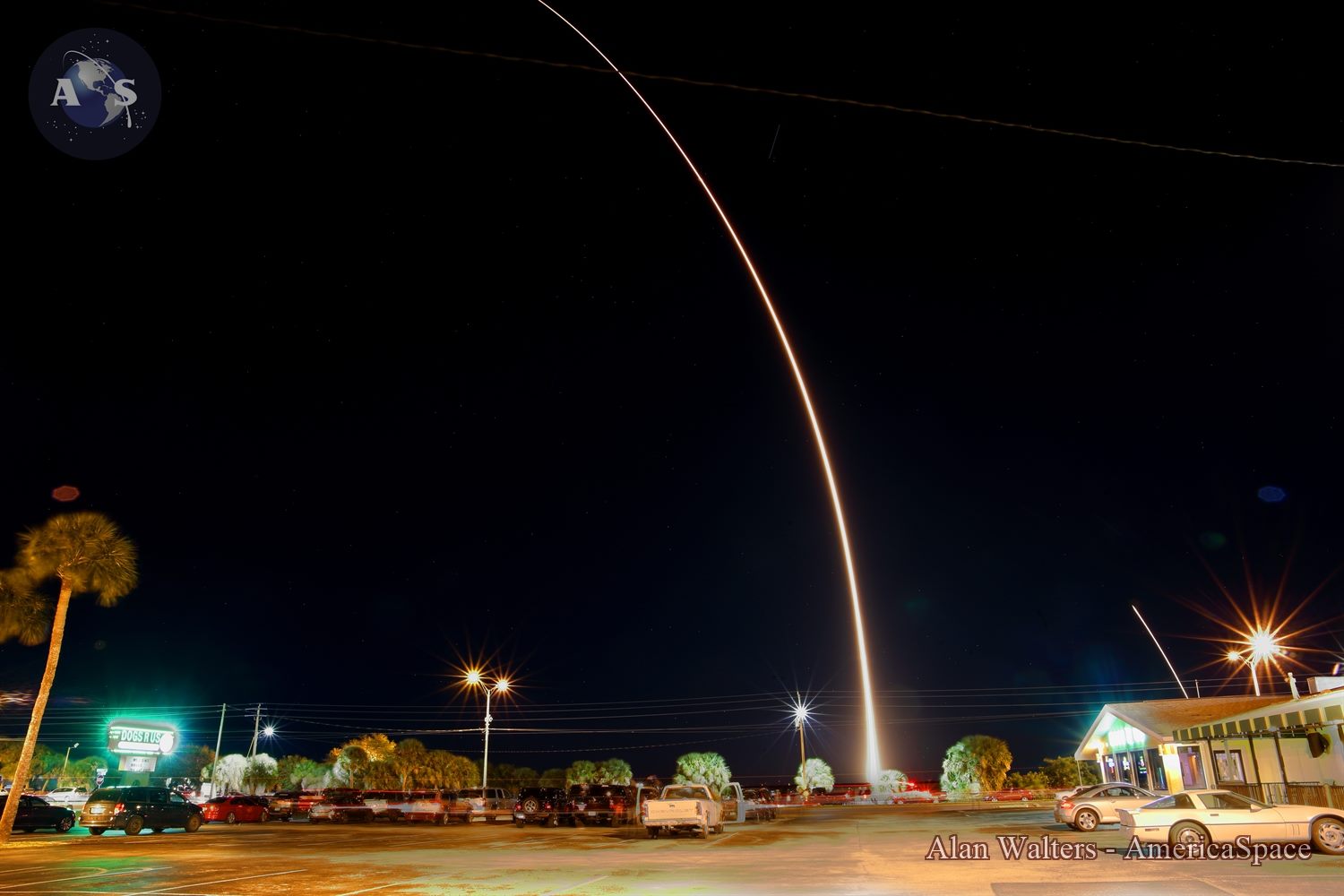
As outlined in AmericaSpace’s CRS-20 preview feature, this mission carries 4,358 pounds (1,977 kg) of supplies for the station’s incumbent Expedition 62 crew of Russian cosmonaut Oleg Skripochka and U.S. astronauts Drew Morgan and Jessica Meir. And the trio could not resist a spot of tomfoolery Friday, as they tweeted an image of themselves in the Harmony module, awaiting their science bonanza. “Just hangin’ around,” tweeted Morgan, “and getting ready for @SpaceX-20’s arrival early next week!” For the actual rendezvous and capture on Monday, 9 March, Morgan will serve as backup to Meir in the station’s multi-windowed cupola as they endeavor to snare the first Dragon of 2020. Taking pride of place in CRS-20’s unpressurized “trunk” is the European Space Agency’s (ESA) Bartolomeo commercial payloads anchor, which will be installed onto the Columbus lab.
Following a few days’ delay to tend to an issue with the Falcon 9’s second stage, B1059 was rolled out to SLC-40 and put through the customary Static Fire Test of its nine Merlin 1D+ first-stage engines last Sunday, 1 March. Weather conditions for Friday’s opening launch attempt seemed iffy, with initial predictions of a 50 percent probability of an acceptable outlook climbing slowly to 60 percent favorable. The primary concern was the risk of liftoff winds violating Launch Commit Criteria (LCC), although conditions were expected to improve in the event of a 24-hour scrub to Saturday night.
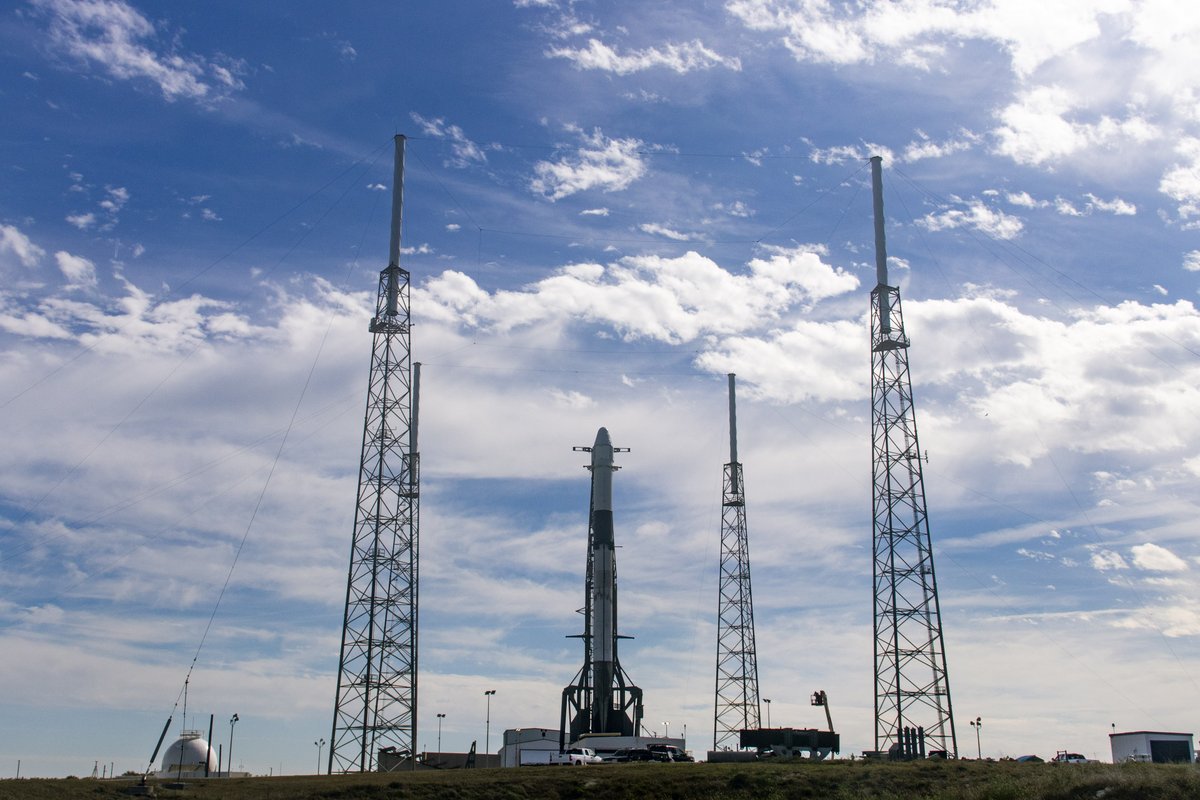
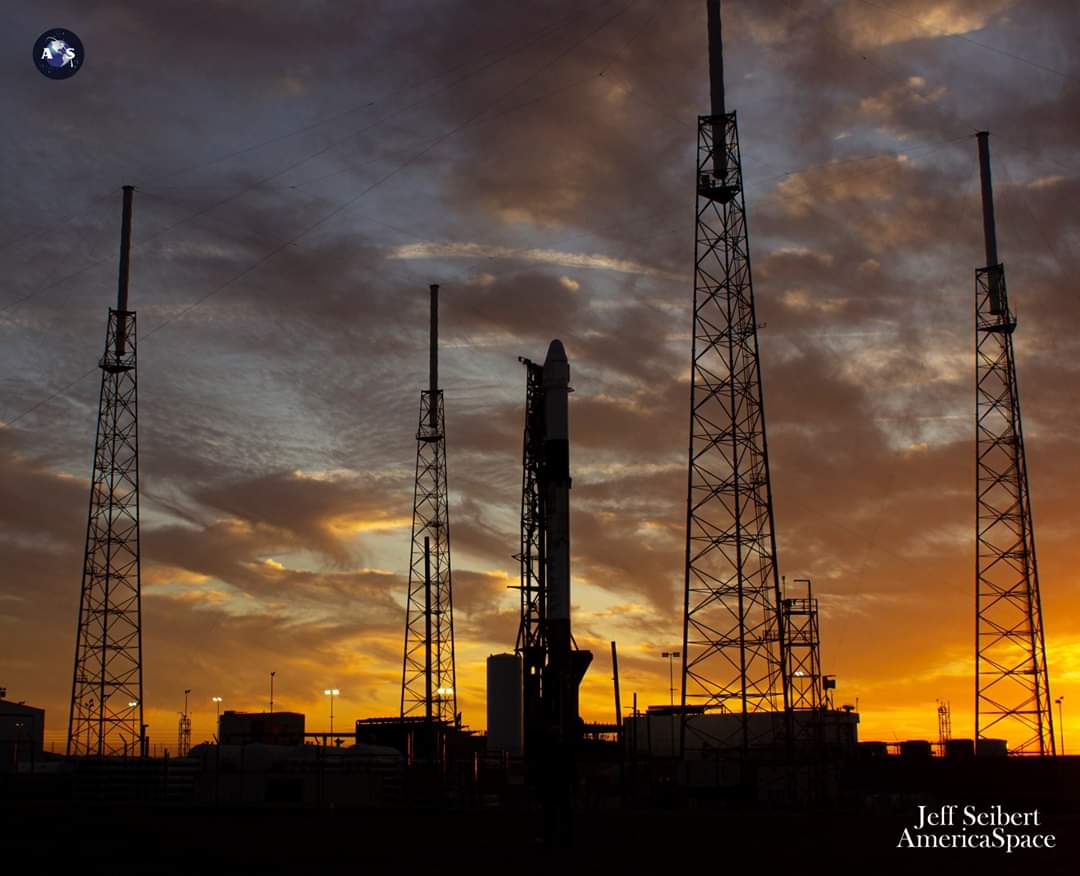
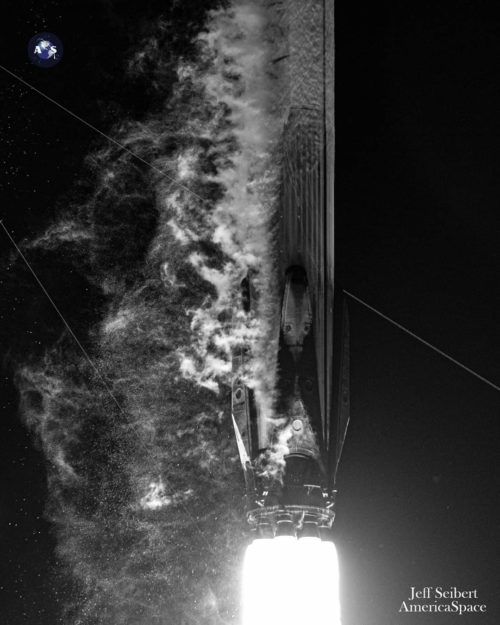
Nevertheless, SpaceX pressed on with its fifth launch of 2020 and at 11:50 p.m. EST the B1059 core breathed fire for the second time in its career and became only the second Falcon 9 to log two back-to-back Dragon cargo missions. The core burned for 2.5 minutes, before separating and commencing its intricate sequence of maneuvers to bring it smoothly onto solid ground at Landing Zone (LZ)-1 at the Cape. It was the first such touchdown on land since July 2019. And in doing so, this marked the 50th successful intact recovery of a Falcon core on either an ASDS or solid ground.
Having wowed the world in December 2015 when it triumphantly brought a Falcon 9 core to a bullseye touchdown on solid ground for the very first time, SpaceX has now logged 31 offshore landings on Autonomous Spaceport Drone Ships (ASDS) on either the East or West Coasts of the United States and 19 “land” landings at either Cape Canaveral Air Force Station, Fla., or Vandenberg Air Force Base, Calif.
Rocket reusability was always a central tenet of SpaceX CEO Elon Musk’s philosophy behind lowering the cost of getting hardware into space to eventually enable exploration as far afield as Mars. However, the process of actually bringing Falcon 9 cores back through Earth’s atmosphere at high re-entry velocities and temperatures and guiding them, via a system of hypersonic grid-fins, deployable landing legs and a fair amount of good fortune, to land softly either on an oceanic platform or solid ground was an enormous challenge. As Mr. Musk himself once remarked: “This is rocket science!”
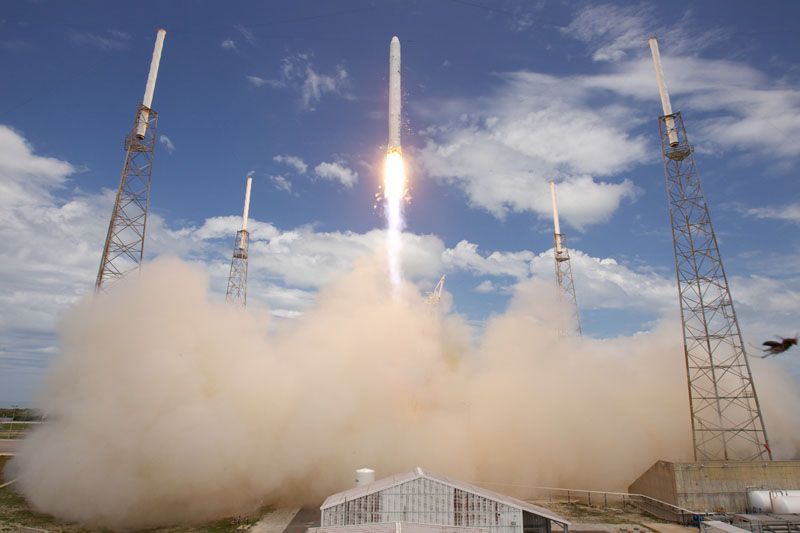
First flown in June 2010, the earliest Falcon 9 cores were discarded after completing the initial boost of their payloads away from Earth. But with the maiden voyage of the upgraded Falcon 9 v1.1 vehicle in September 2013, a series of attempts were made to execute “controlled” oceanic landings of returning first stage hardware. This capability was made increasingly possible thanks to improved technologies for the “boost-back” of the core, as well as greater controllability in the descent phase. On this initial test, a controlled re-entry was achieved, but aerodynamic forces caused the core to begin rolling as it approached the ocean. The centrifugal effect starved its center engine of propellant and the core impacted the ocean hard.
Seven months later, in April 2014, more powerful gaseous nitrogen thrusters helped to mitigate the aerodynamic rotation and resulted in a successful oceanic touchdown, whilst another attempt the following July saw the deployment of extendible landing legs to alight on the surface of the water. But the gremlins were not entirely done with SpaceX. The returning core from September 2014’s CRS-4 Dragon launch ran out of liquid oxygen, causing an uncontrolled ocean impact, but in February 2015—as a Falcon 9 wrapped up its mission to deliver NASA’s Deep Space Climate Observatory (DSCOVR) to space—a notable success was achieved in bringing the booster down within 33 feet (10 meters) of its intended point in the Atlantic.
Efforts to actually land on the Autonomous Spaceport Drone Ship (ASDS)—both the East Coast-based “Of Course I Still Love You” or the West Coast-based “Just Read the Instructions”—proved equally challenging for SpaceX. In January 2015, the grid-fin flight control surfaces prematurely exhausted their hydraulic fluid and the returning booster core experienced a hard impact with the ASDS. Another try in April reached the deck of the drone ship, but suffered excessive lateral velocity due to a stuck throttle valve and toppled over. The following December, a successful “land” landing was accomplished for the first time at Landing Zone (LZ)-1 at Cape Canaveral Air Force Station, Fla., but the problems of ASDS landings remained acute. A lockout collet on a landing leg put paid to a January 2016 attempt, whilst low fuel reserves following a high-energy Geostationary Transfer Orbit (GTO) launch in March also resulted in a hard landing. Success at sea was finally achieved in April 2016, when the returning booster core from the CRS-8 Dragon mission alighted onto the “Of Course I Still Love You” deck.
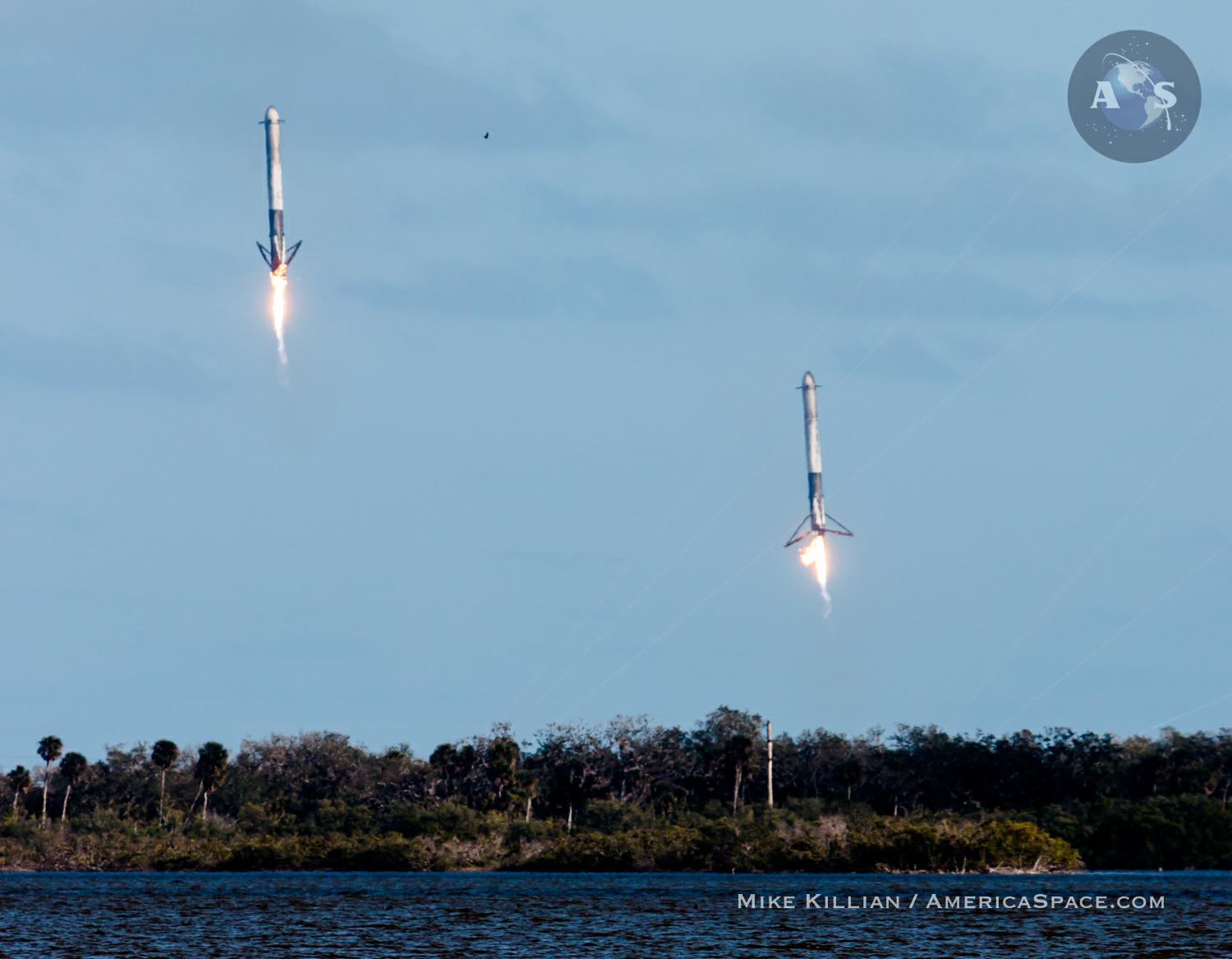
And although there have been ASDS and LZ-1 misses in recent years—one Falcon 9 core ran out of propellant just above the drone ship deck in June 2016, whilst the returning center boosters from two Falcon Heavy missions in February 2018 and June 2019 suffered exhaustion of TEA-TEB chemical igniter and a breached engine bay and Thrust Vector Control (TVC) failure—all told, the success rate has been high. Twenty-four returning Falcon cores have alighted on “Of Course I Still Love You” in the Atlantic Ocean, whilst seven have done so on “Just Read the Instructions”, in the Pacific.
Added to this tally, 17 cores have landed on solid ground at LZ-1 at the Cape and two have done likewise on LZ-4 at Vandenberg. Four of those “land” landings were accomplished last summer alone. Only one booster intended to land on solid ground has failed; back in December 2018, a stalled hydraulic pump in the Falcon 9’s grid-fins induced controllability problems and the core landed at sea. And last month’s returning B1056 narrowly missed “Of Course I Still Love You” and impacted the ocean.
.
.
FOLLOW AmericaSpace on Facebook and Twitter!
.
.




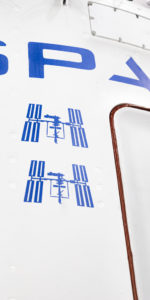
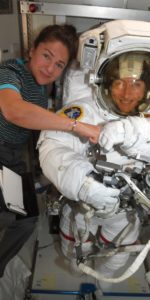
Estão melhores que a Nasa mentirosa, a spacex está bem na frente da piada chamado Nasa.
Space X does not belong to George W. Bush, Richard Cheney or President Donald P. Trump.